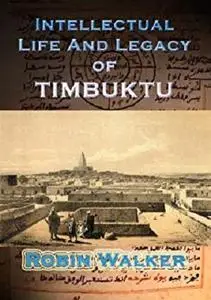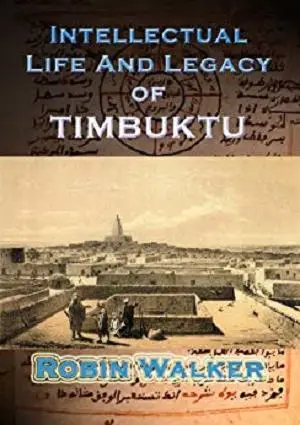Intellectual Life and Legacy of Timbuktu (Reklaw Education Lecture Series Book 1) by Robin Walker
English | May 22, 2011 | ASIN: B0052A3QZO | 60 pages | AZW3 | 1.26 MB
English | May 22, 2011 | ASIN: B0052A3QZO | 60 pages | AZW3 | 1.26 MB
The city of Timbuktu has an important place in the history of the African people. The city existed as part of the story of the three great West African empires: Ancient Ghana, Medieval Mali and the Songhai Empire. Timbuktu's intellectual tradition is well known and widely praised.
However, all of the important Black scholars have claimed that its intellectual heritage was destroyed in the sixteenth century by Arab and European invaders entering from Morocco. For example, Professor Chancellor Williams, in The Destruction of Black Civilization (US, Third World Press, 1987, p.207), claimed that: ‘In the Muslim destruction of the Songhay empire, the main centres of learning with all of their precious libraries and original manuscripts were destroyed first.’
He was not alone in this view. Professor Cheikh Anta Diop, in Precolonial Black Africa (US, Lawrence Hill Books, 1987, p.182), advances almost the same theory. He laments on the loss of: ‘the judicial and administrative archives: assistants of cadis [i.e. judges] kept minutes of the sessions. But tons of documents have disappeared.’
The ideas of Williams and Diop have influenced an entire generation of Black scholars into believing that West Africa’s intellectual heritage was mostly destroyed after the 1591 Arab and European invasion.
This lecture essay, Intellectual Life and Legacy of Timbuktu, was written to disprove this idea. The West African intellectual heritage still exists and the literature is still held by Black families and institutions who have passed on this literature from generation to generation as family heirlooms.
This inspiring lecture essay gives an account of this amazing intellectual legacy. There is a map and five illustrations.



